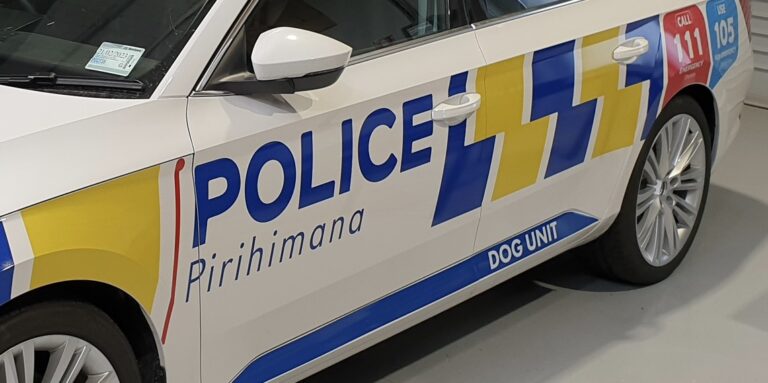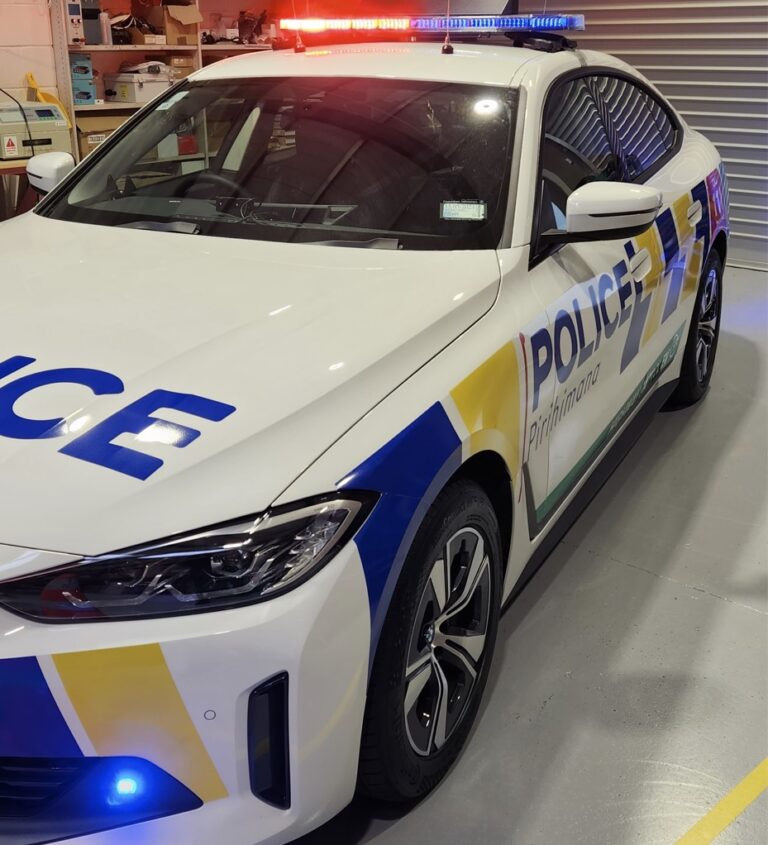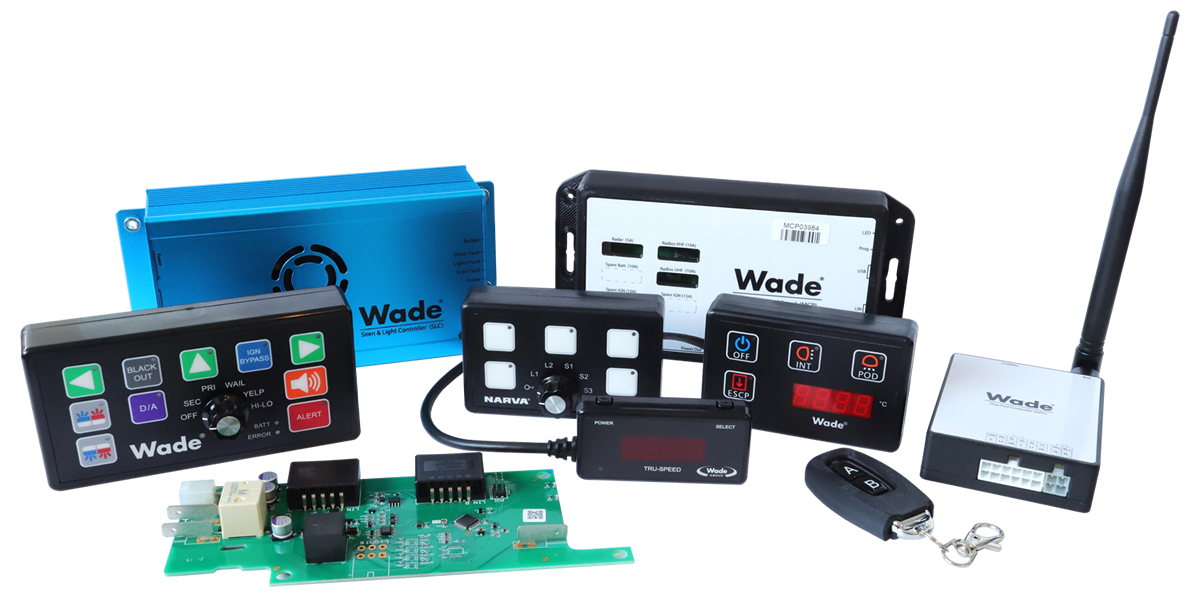When the New Zealand Police chose Wade to fit‑out their operational vehicles, it involved fitting out several hundred vehicles per year. Wade chose to partner with Bentech to develop, manufacturer and support their own proprietary Emergency Vehicle Control System (EVCS) to be fitted to all these vehicles and more.
Working with Wade, Bentech has developed the EVCS system from the ground up and has prototyped vehicles from Toyota, Holden, Ford, Hyundai, Skoda and BMW.
Wade Group fit out over 500 vehicles per year for the New Zealand Police, keeping their fleet of over 3500 vehicles moving and helping to ensure the safety of front line staff all over the country.




All components within the system were designed and manufactured with quality and reliability in mind. The EVCS system is so reliable, there is not enough work for a dedicated person in the warranty and repair department, which services all of New Zealand.
Selected steering wheel buttons can be repurposed to perform key functions in the EVCS system, such as Push-to‑Talk (PTT) for the communications radios and activating the lights and siren. Whether the vehicle is utilising resistive‑wire buttons or LIN bus, the EVCS system can be programmed to override the selected buttons while maintaining factory functions for the others.
Each module within the Wade EVCS system communicates over a proprietary twisted‑pair wired network, allowing system status changes and events to be distributed to all modules at any time. This means, for example, when the operator enables a light and/or siren function on the Remote Control Head (RCH), the Siren and Light Controller (SLC) and Light Bar Controller (LBC) both activate siren and light patterns immediately.
A dedicated sync wire exists to keep the light bar and bumper light patterns in phase (light bar on blue when bumper lights are on red), so next time you see a police car with synchronised light patterns, know that is the EVCS system at work.
“Working closely with Bentech has been an enjoyable experience and has seen a relationship grow that is favourable to both companies.
The team at Bentech are professional, reliable and like us, are focused on delivering innovative and quality product to their clients. We see this partnership continuing for many years to come.”
Neil Robinson
Operations Manager
Wade Group
Bentech developed a software‑controlled siren driver for the EVCS system. This provides multiple improvements over traditional discrete RC based siren drivers, as the siren tones can be fully customised and tones can be changed or new ones added simply with a firmware update.
Dated RC based siren drivers have a distinctive ramp sound, where the siren tone changes rapidly at the start of the cycle and appears to hang on a single tone before rapidly changing again. A software‑controlled siren driver has a linear ramp so the tone transitions smoothly from one end of the frequency range to the other.
Connecting to the vehicle’s CAN bus and LIN bus allows the EVCS system to function in response to the vehicle data. Examples include responding to changes in the locked/unlocked state or key FOB location, and monitoring the speed and gear selector position.
Bentech has the tools and experience to reverse engineer data from most vehicles and have libraries developed for most CAN implementations including single wire (low speed) CAN, CAN 2.0A and CAN 2.0B as well as higher‑layer protocols such as CANopen CiA447.
When the New Zealand Police chose Wade Group to fit‑out their operational vehicles, it involved fitting out several hundred vehicles per year. Wade chose to partner with Bentech to develop, manufacturer and support their own proprietary Emergency Vehicle Control System (EVCS) to be fitted to all these vehicles and more.
The EVCS Pro Tool is a bespoke computer program developed to configure, update, diagnose and report on all hardware fitted as part of the EVCS system installed in any vehicle. The tool was developed in order to meet the rapid technological advances in modern vehicles and how we interface with them.
© 2024 Bentech Limited • All Rights Reserved